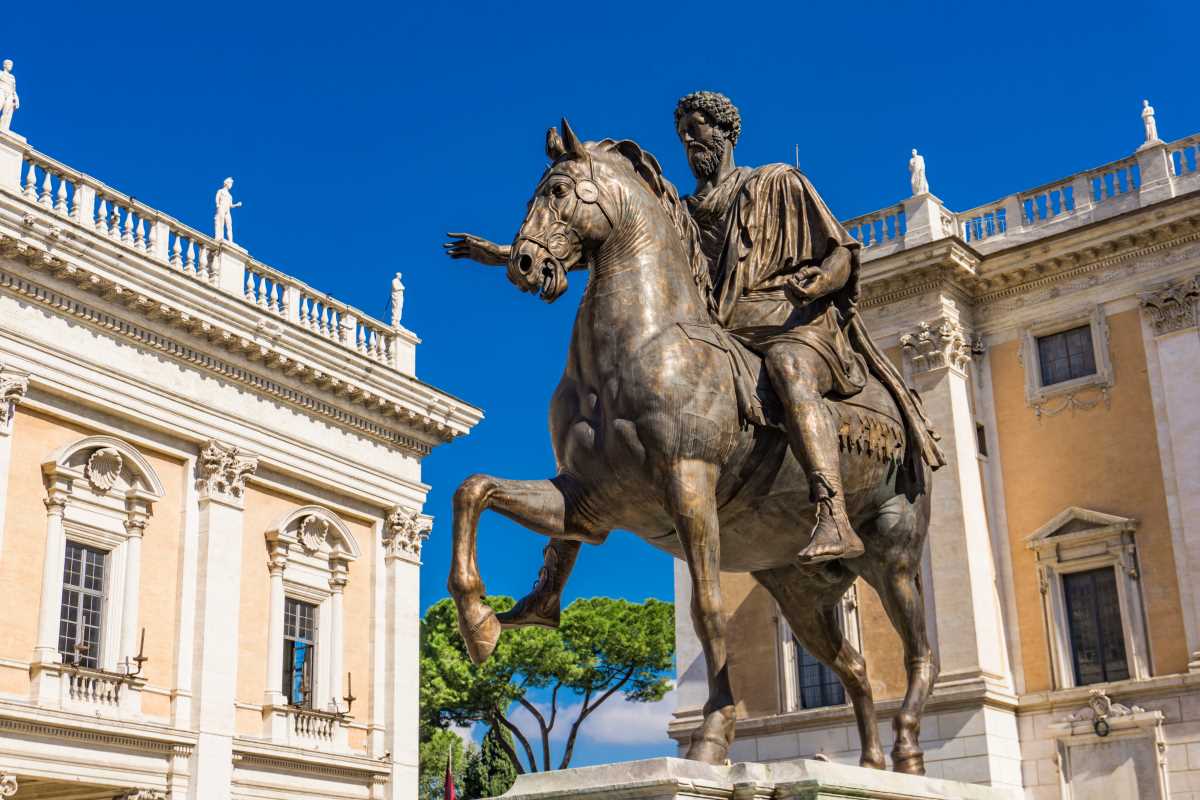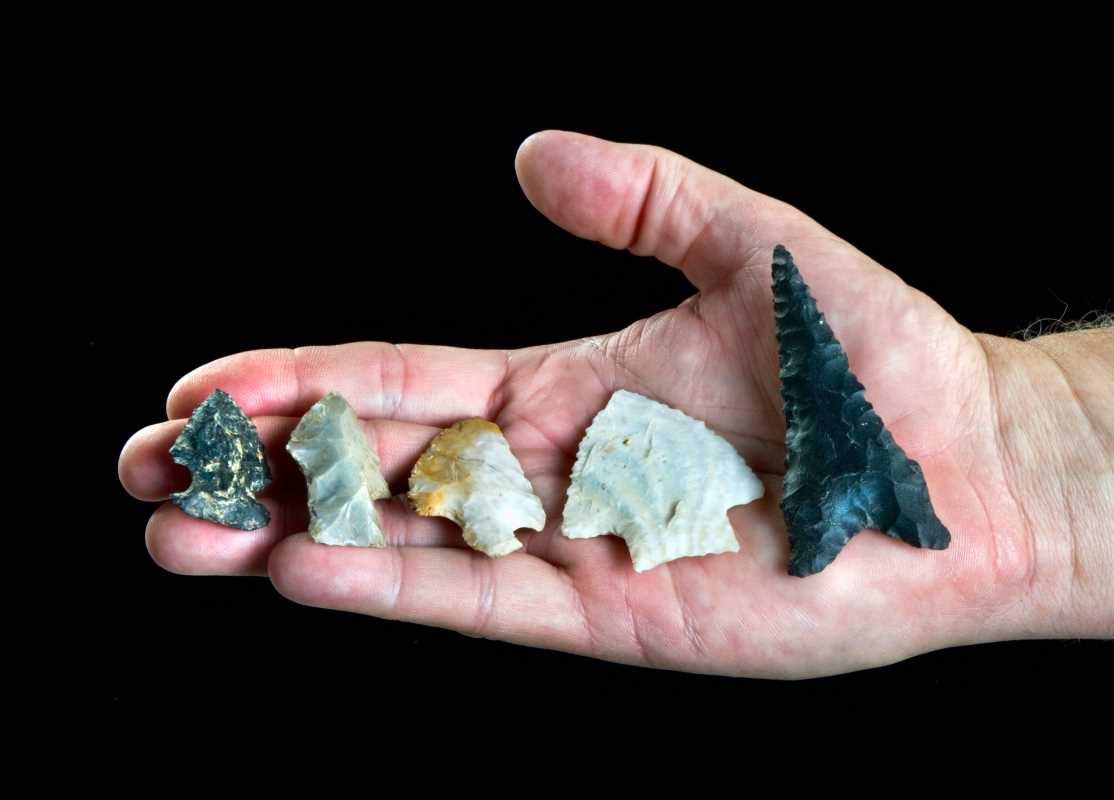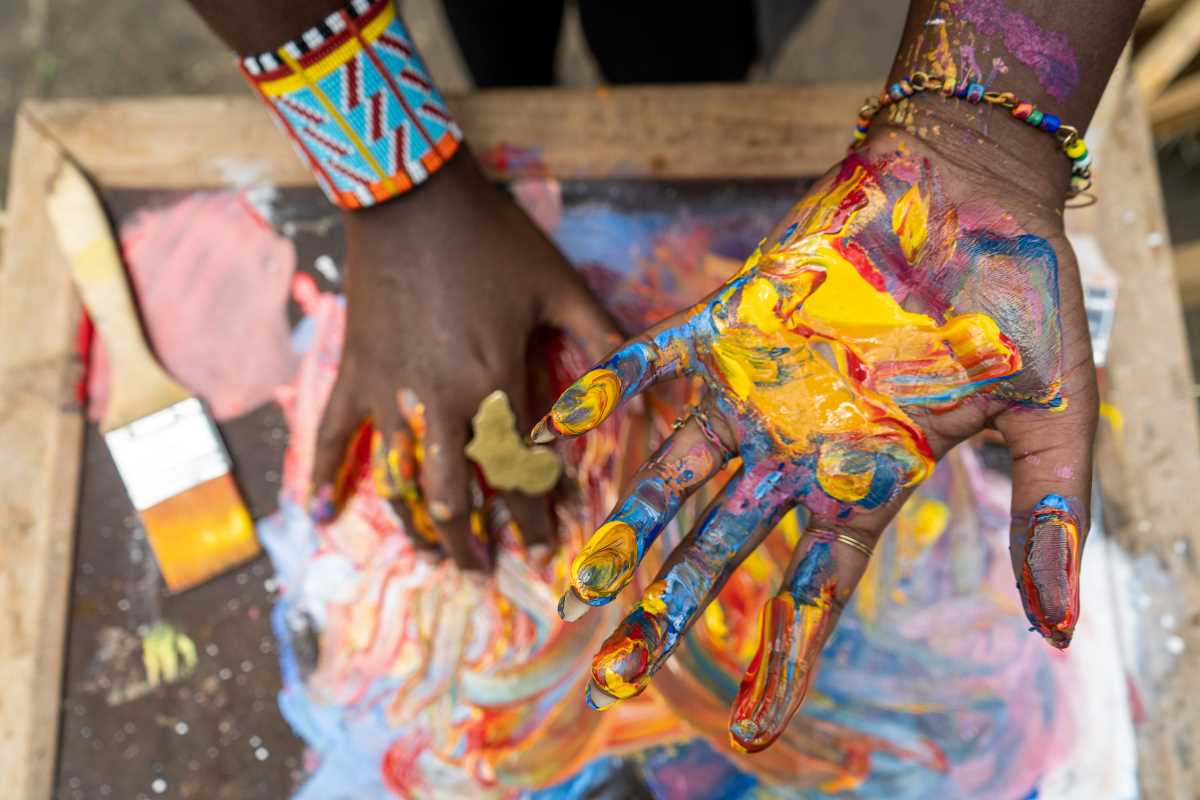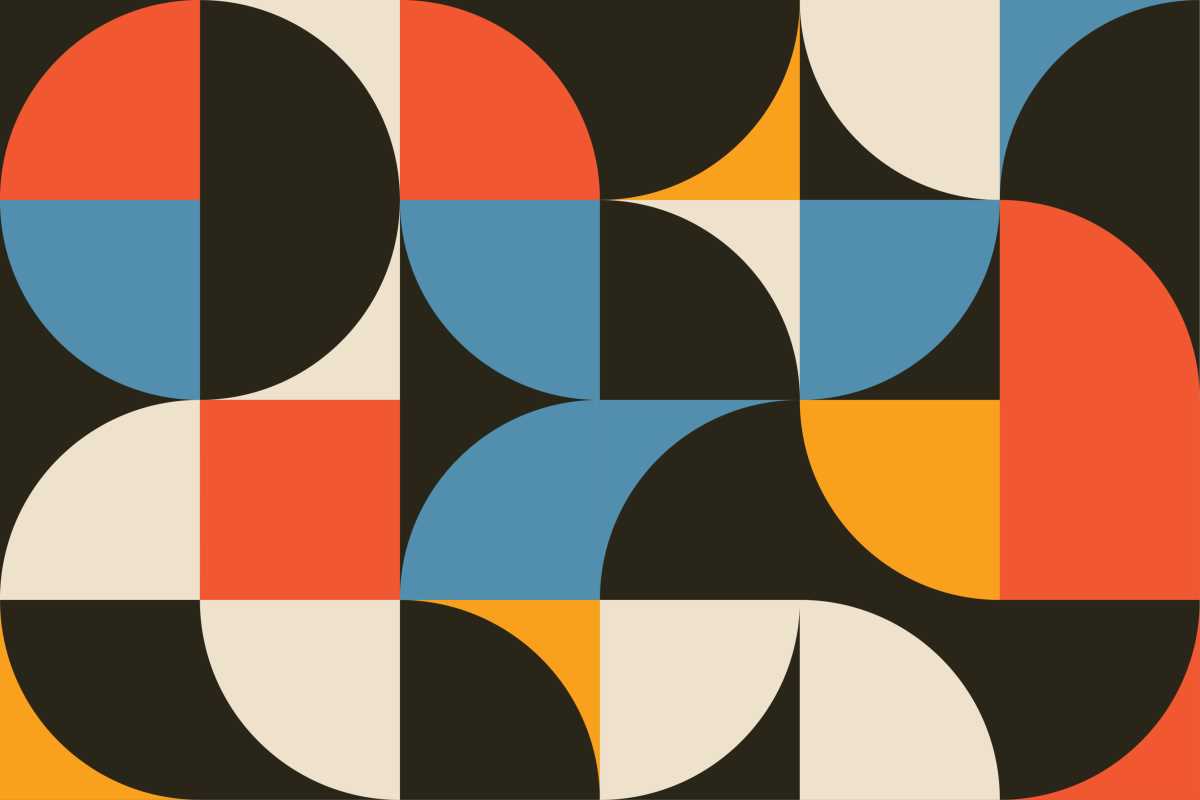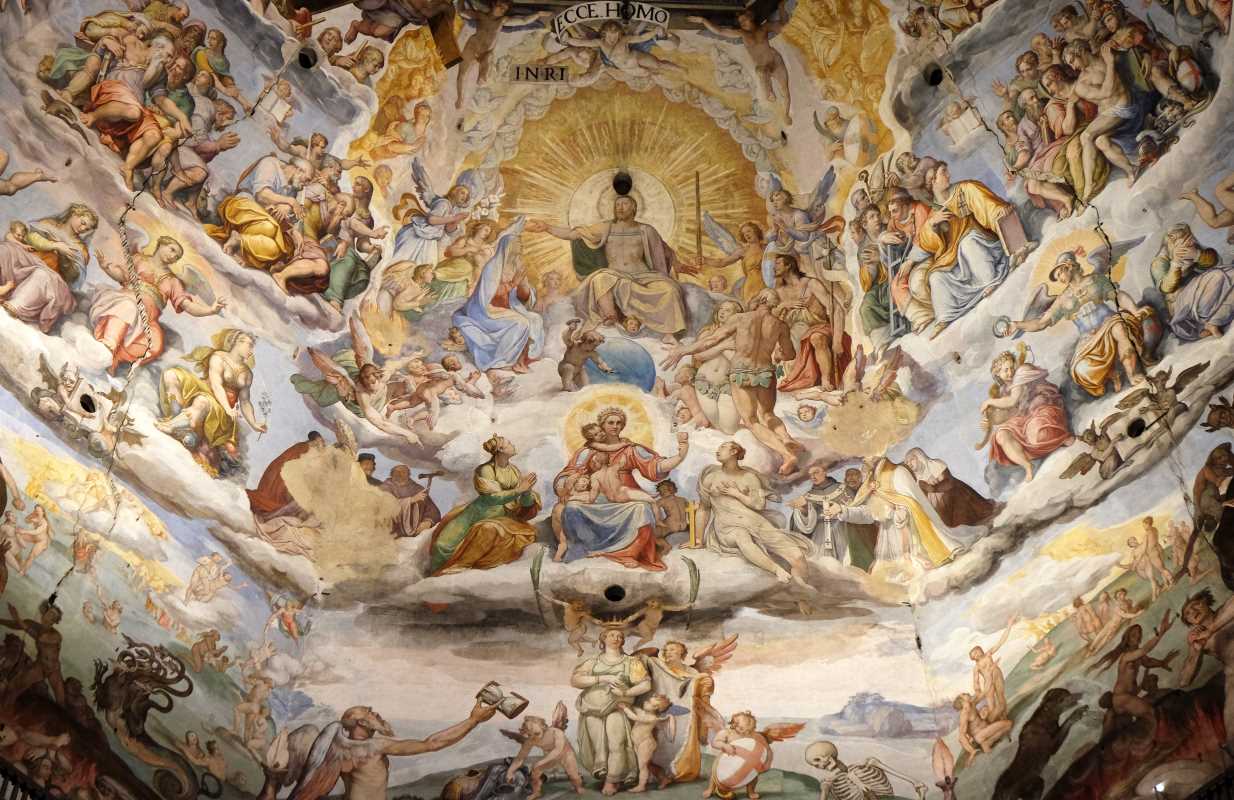When you think of ancient Egyptian art, gold-crowned pharaohs, hieroglyphics, and stylized depictions of gods likely come to mind. But did you know this rich artistic culture has significantly influenced modern aesthetics? From architecture to fashion, and even graphic design, traces of ancient Egypt are found everywhere today.
The Egyptians weren’t just ahead of their time in math and science; their art was deliberate, symbolic, and deeply connected to their beliefs and daily lives. While their works were meant to honor deities, commemorate rulers, or symbolically bridge life and the afterlife, the techniques and imagery they developed are still celebrated for their iconic beauty.
This article explores how ancient Egyptian art has left its mark on modern aesthetics. We’ll examine the principles that defined Egyptian creations, how they shaped the trends of different eras, and how you can still see their influence in everyday design.
The Defining Characteristics of Ancient Egyptian Art
To understand how ancient Egyptian art influenced modern art and design, we need to first look at what made it so unique. Egyptian art wasn’t just about beauty; it had a purpose and followed strict guidelines to ensure harmony and function.
Symbolism and Purpose
Everything in Egyptian art carried meaning. From the placement of figures to the colors used, art was less about capturing a moment and more about conveying a message. For example, green symbolized rebirth and growth, while gold represented power and immortality, traits often highlighted in depictions of gods or pharaohs.
Figures were also drawn in a distinctive style to emphasize importance and status. A pharaoh, for example, would often be larger than other figures in the image, conveying their higher rank and godlike qualities.
Structure and Precision
Egyptian art adhered to strict proportions and forms. The “Egyptian canon,” or grid system, dictated how human figures were drawn with precise ratios. Likewise, their works maintained flat perspectives, showing side profiles for heads, legs, and arms, but frontal views for torsos. The result was an easily recognizable and consistent style meant to convey stability and order.
Beyond human forms, the sheer precision of Egyptian architecture and designs is legendary. Think about the grandeur of the pyramids or the intricacy of jewelry designs. This emphasis on symmetry and balance continues to influence today’s sense of beauty.
Egyptian Art’s Influence Throughout History
Since the rediscovery of ancient Egyptian artifacts, particularly following Napoleon’s expedition to Egypt in the late 18th century, Western art and design have repeatedly returned to Egypt as a primary source of inspiration.
The Egyptian Revival in the 19th and Early 20th Century
Napoleon brought back artifacts and sketches that fueled a global fascination with ancient Egypt. This “Egyptomania” reached a fever pitch in the 19th century, influencing architecture, fashion, and decorative arts. Cities across Europe and the United States began incorporating obelisks, columns, and sphinxes into public monuments and government buildings.
Then, in 1922, the discovery of King Tutankhamun’s tomb triggered another wave of Egypt-inspired design. Known as the Art Deco movement, it borrowed heavily from Egyptian motifs like sunbursts, geometric patterns, and stylized human figures. These iconic elements found their way into everything from skyscrapers like the Chrysler Building in New York to everyday objects like furniture, jewelry, and fashion.
Egyptian Influence in Contemporary Design
The fascination with ancient Egyptian art isn’t limited to history books or early 20th-century trends. Its influence continues to guide modern artists, architects, and even digital designers.
- Architecture
- Modern architecture sometimes mirrors the scale and grandeur of Egyptian monuments. For example, pyramid-shaped structures have popped up across the world, including the Louvre Pyramid in Paris, which blends modern glass techniques with a nod to ancient Egypt’s most defining architectural feat.
- Fashion and Jewelry
- Egyptian-inspired fashion reemerges regularly, with designers taking cues from its bold colors, symmetrical designs, and use of elaborate gold and gemstones. You’ll often find collars reminiscent of Egyptian necklaces or sharp eyeliner styles like Cleopatra’s still trending today.
- Pop Culture and Media
- Movies and music videos frequently borrow Egyptian imagery to create an iconic or mysterious vibe. Think about Cleopatra-inspired costumes in films or artists like Beyoncé channeling that regal Egyptian look in her visual albums.
Key Elements of Egyptian Art in Modern Aesthetics
Even if you don’t consciously see it, Egyptian-inspired aesthetics are subtly incorporated into everyday design. Here’s how some of the principles of ancient Egypt manifest around us today.
Geometric Patterns and Symmetry
The Egyptian obsession with balance and structure can be seen in everything from textiles to interior designs today. Symmetry and repetitive geometric patterns, like those found in Egyptian tomb carvings or ceremonial chest decorations, are replicated in modern wallpapers, flooring, and fabric prints.
Hieroglyphic-Like Icons
Modern graphic design often uses clean, minimal icons to communicate ideas, much like Egyptian hieroglyphics. Whether it’s emojis or logos, the idea of condensing a concept into a single image owes a lot to this ancient visual language.
Color Symbolism
The Egyptians assigned deep meaning to colors, and that tradition lives on. Gold is often used to denote luxury, while aqua shades are linked to tranquility and balance, themes rooted in Egyptian artistic symbolism.
Monumental Design
From architectural feats like sports stadiums to massive art installations, the Egyptians’ love for creating works that felt larger-than-life still resonates with designers who aim to make a big impact.
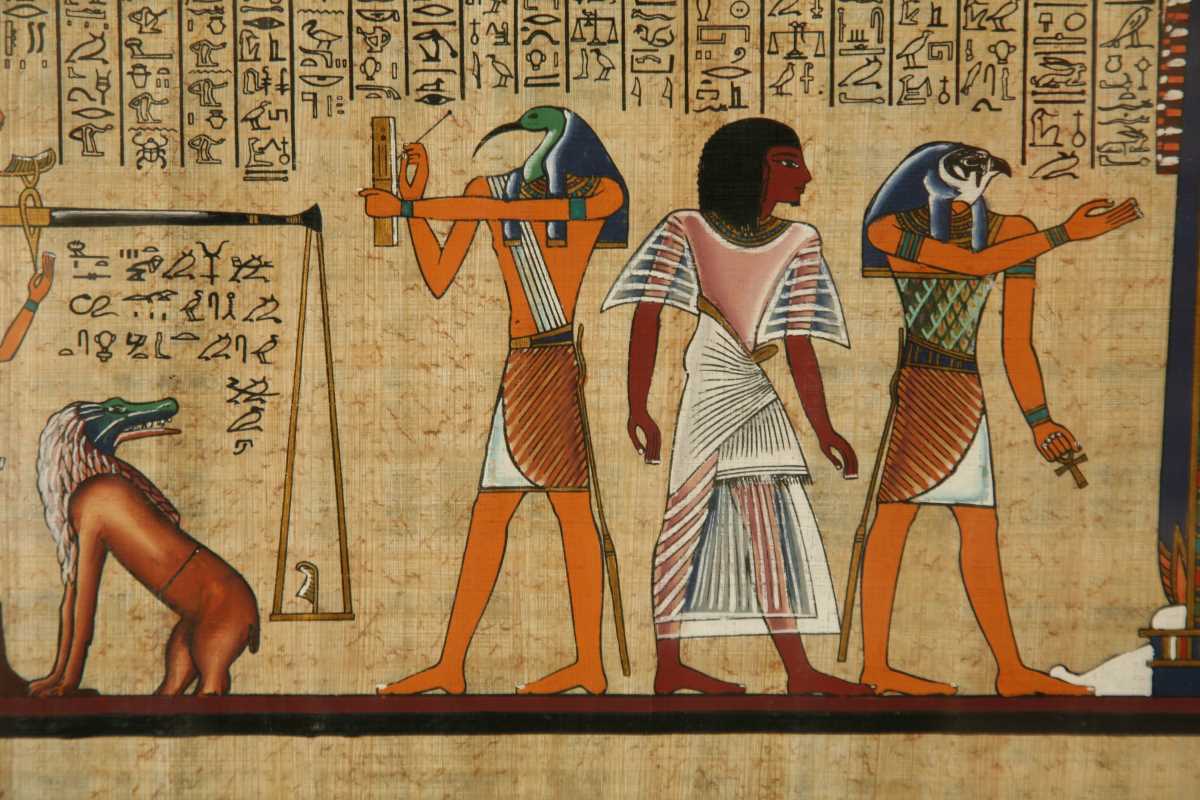 (Image via
(Image via
